
Cosy mysteries are crime stories where the murder occurs ‘off the page’. (ie. the gory bits are not written down.) They are perfect for those who enjoy trying to figure out whodunnit, but in a setting that’s not too gritty.
Often cosies are set in small towns or villages (how many people are left in Brokenwood to kill off, we wonder?) and the protagonist is usually an amateur sleuth.
This is just a general guide, as the precise definition of a cosy mystery can be the matter of some debate.
Examples are: Midsomer Murders, Elizabeth Peters’ Amelia Peabody, or MC Beaton’s Agatha Raisin.
Cosies have been around for a long time, often seen as beginning with Agatha Christie when her first Poirot book The Mysterious Affair at Styles was published in 1920. Christie’s Miss Marple followed in 1930.
These days it is becoming common convention to have a pun in the title, though it’s not mandatory.
In recent years there’s been boom, and now you have cosies set in: libraries; cupcake shops; bookstores; even a guitar shop in New Zealand! (Dead Man’s Axe by Bing Turkby).
That’s right, a cosy doesn’t have to be set in the UK. We now have series like No. 1 Ladies’ Detective Agency by Alexander McCall Smith set in Botswana, Inspector Singh Investigates by Shamini Flint set in Singapore, and Tita Rosie’s Kitchen Mysteries by Mia P Manansala, a Filipino American culinary series.
There are paranormal cosies like the Gethsemane Brown Mysteries by Alexia Gordon, tea cosies (ha!) like the Tea Shop Mysteries by Laura Childs, and even a series where the investigator is Queen Elizabeth II (Her Majesty The Queen Investigates by S. J. Bennett).
Anthony Horowitz’ Magpie Murders was recently made into a TV series. And his children’s series The Diamond Brothers has some of the best book titles in the genre: The Falcon’s Malteser, The French Confection, and Where Seagulls Dare.
Whether you’re looking for something fairly realistic or absolutely escapist, there’s probably a cosy mystery for you!
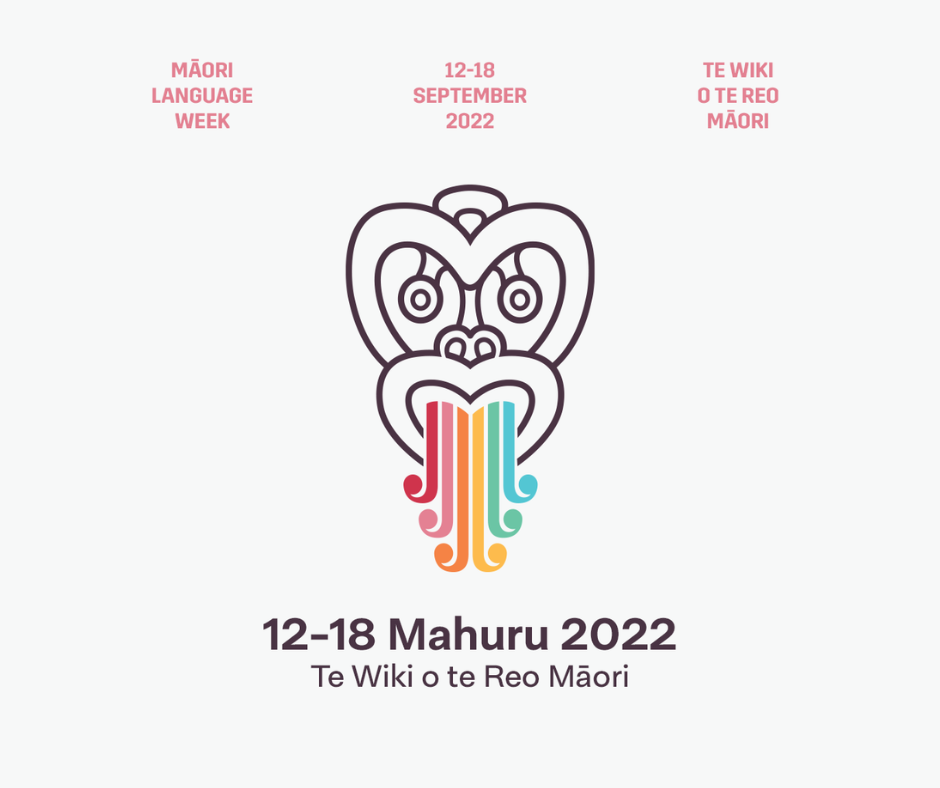
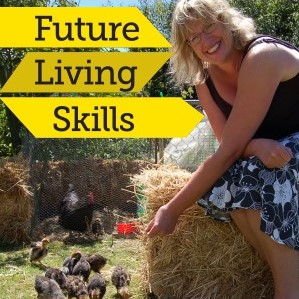

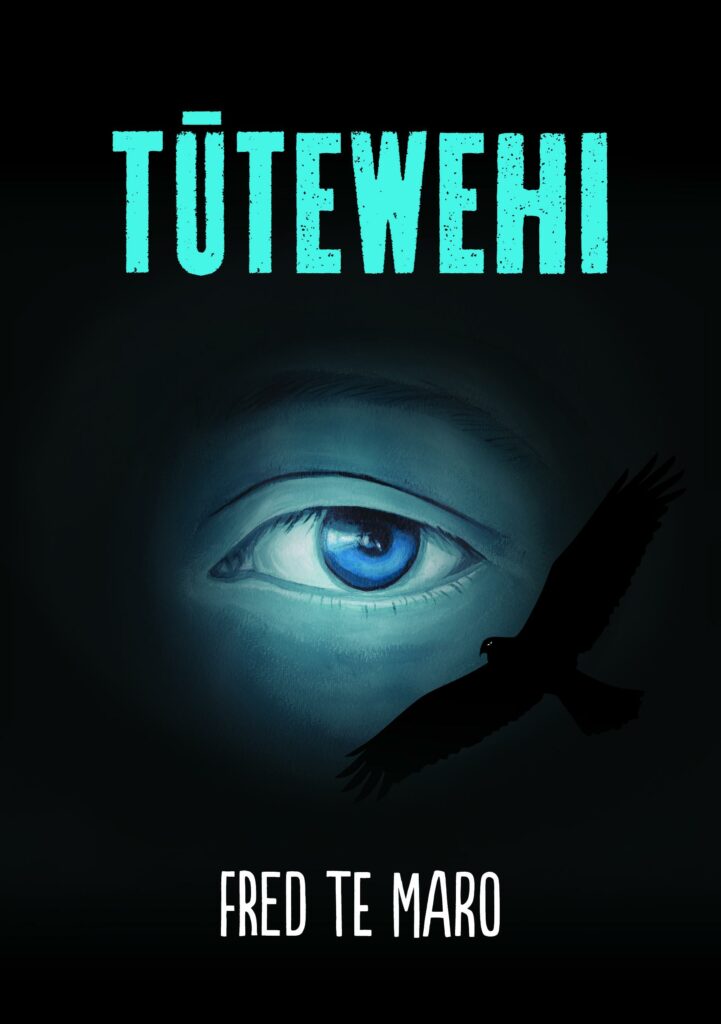
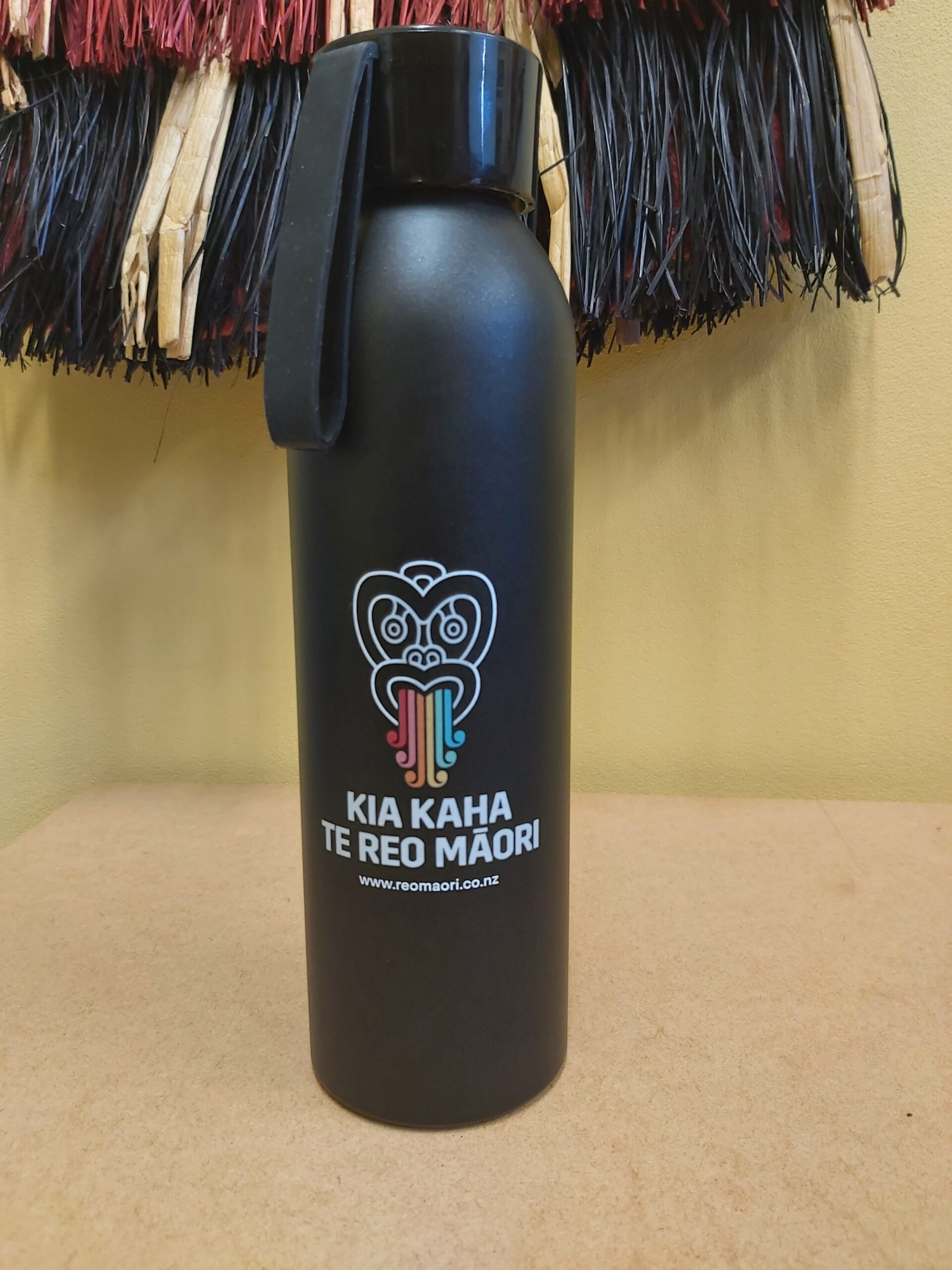

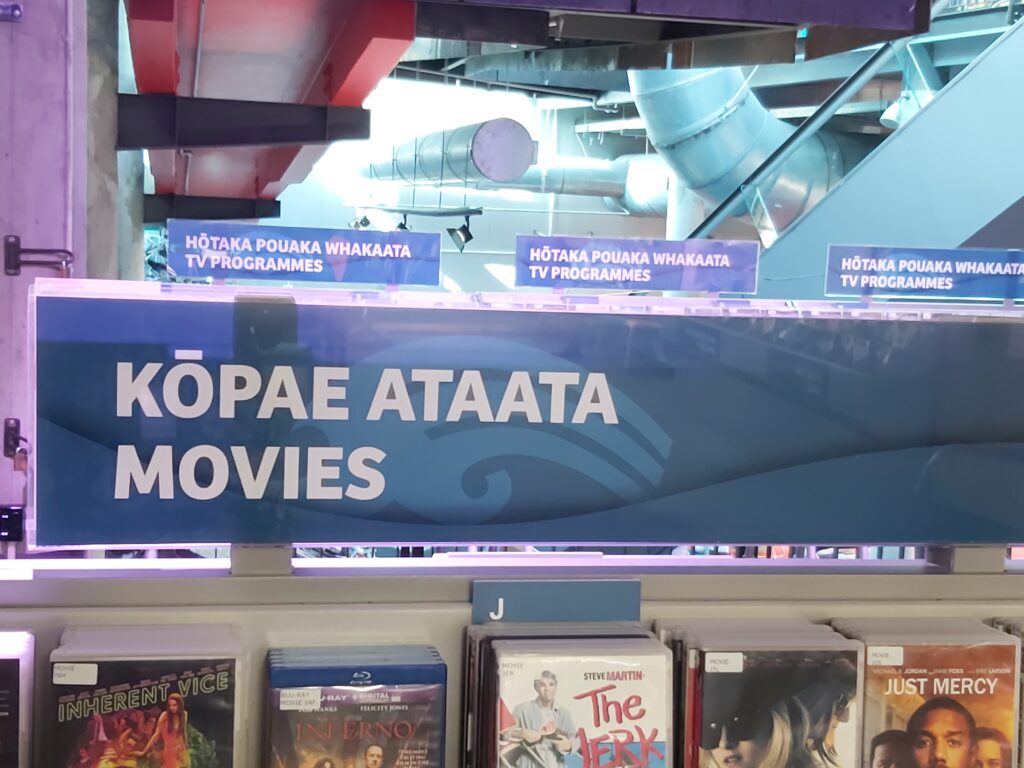

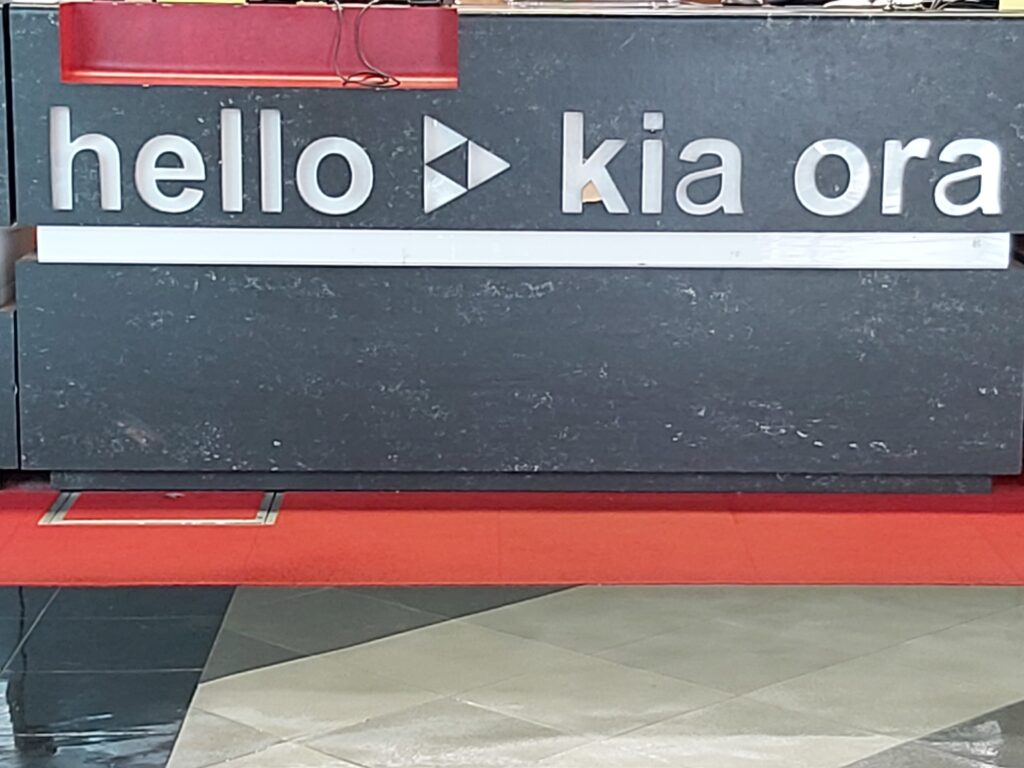

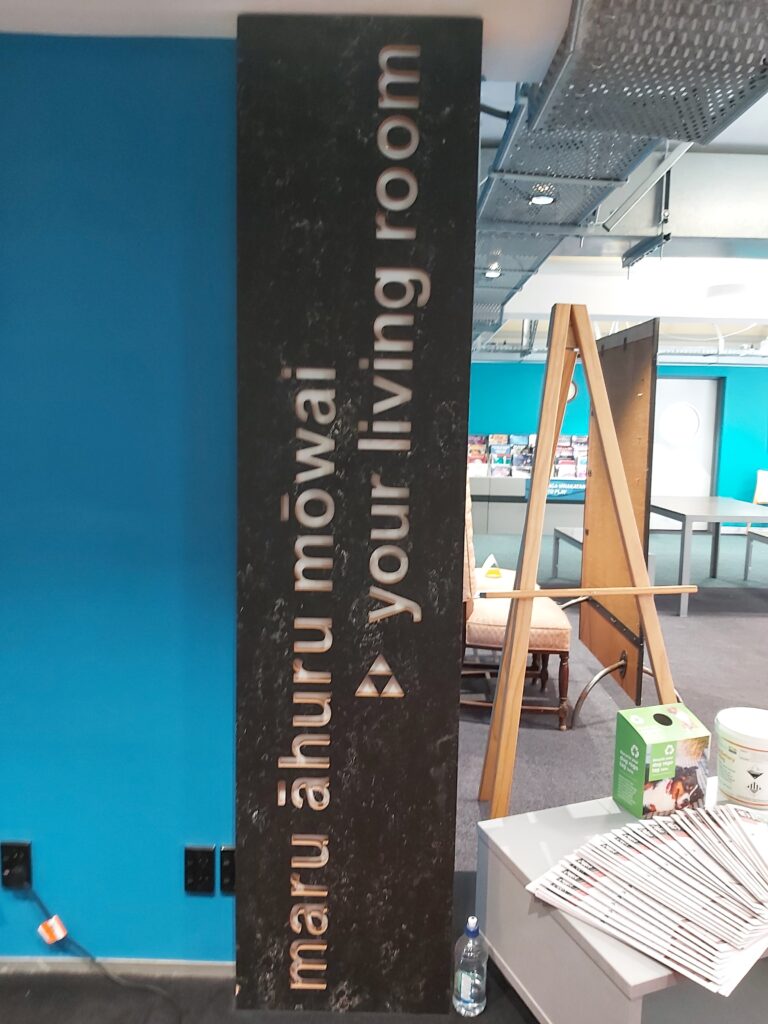


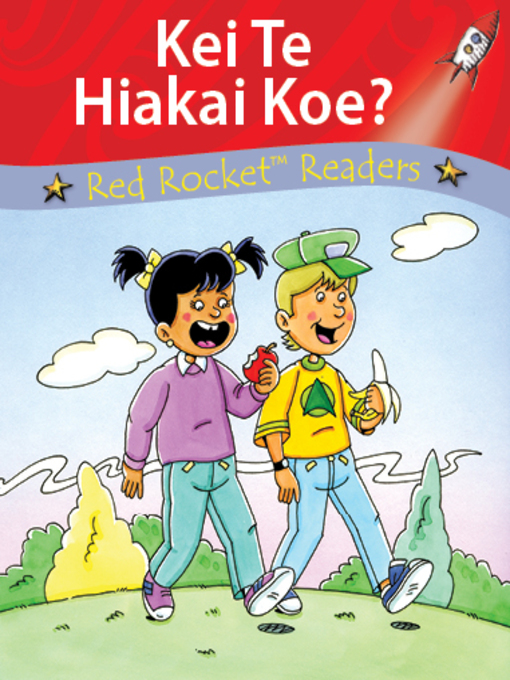
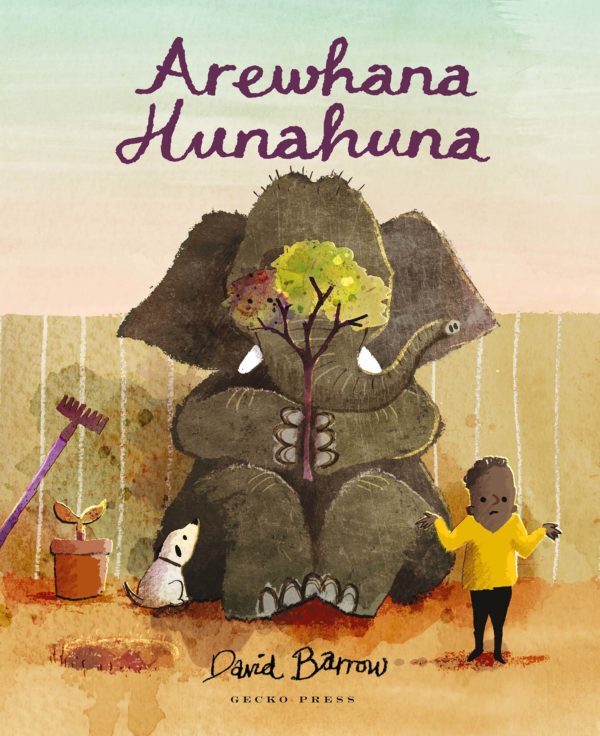

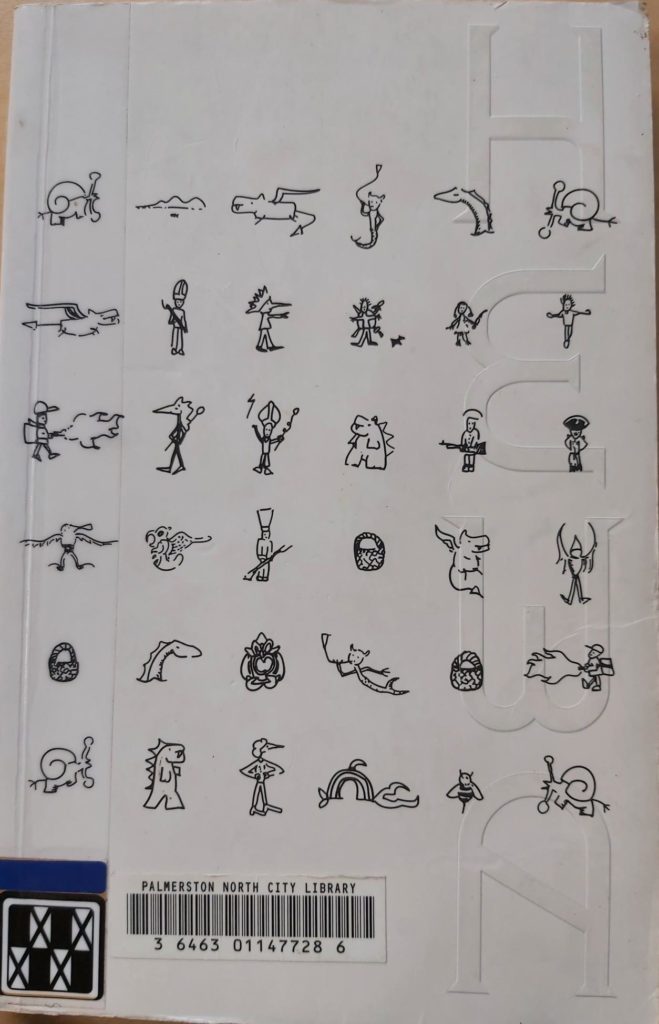
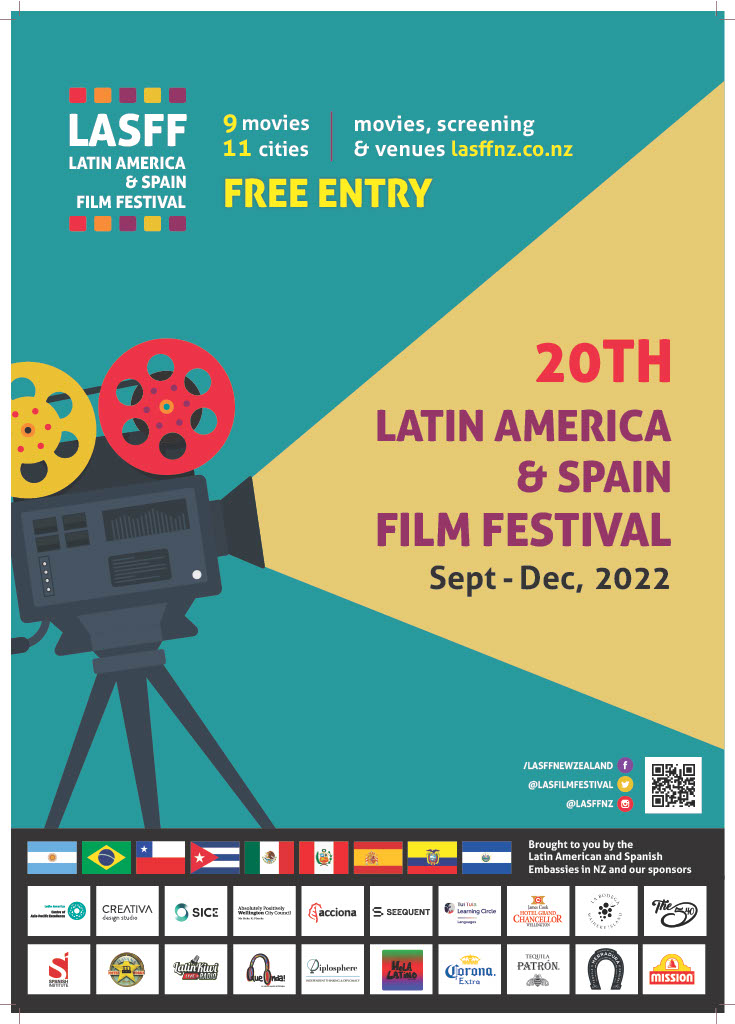
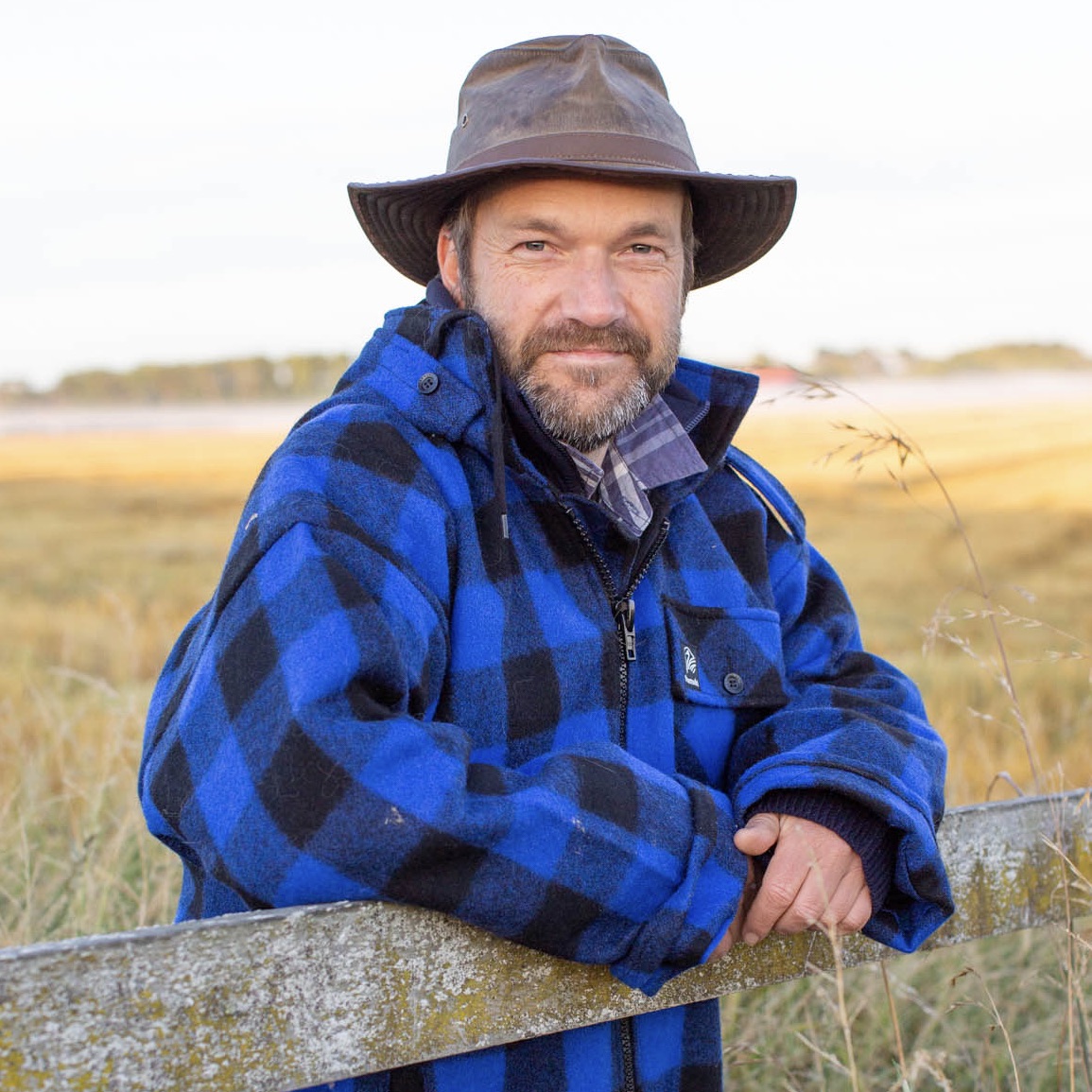
Recent Comments